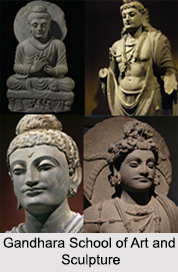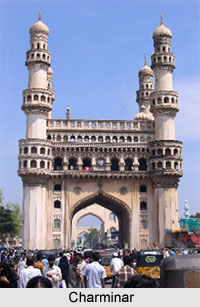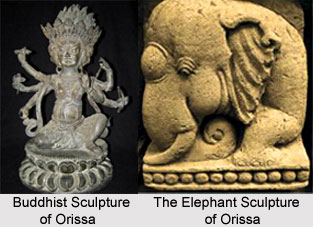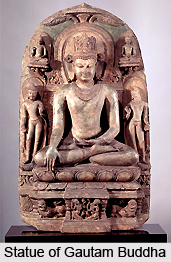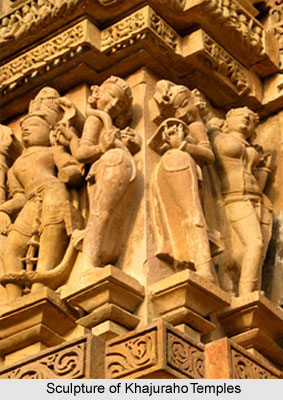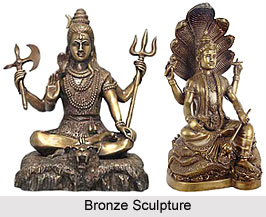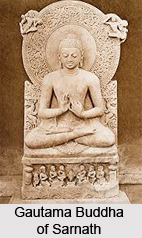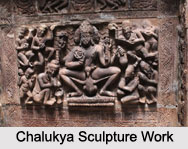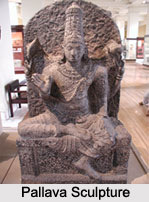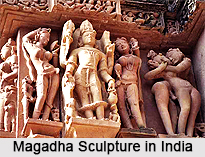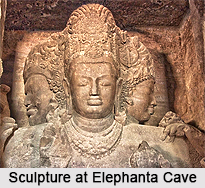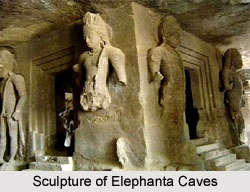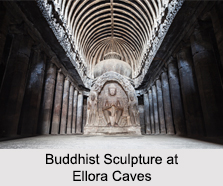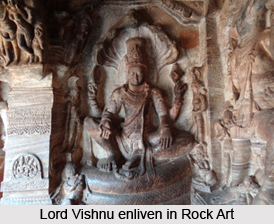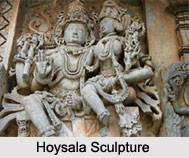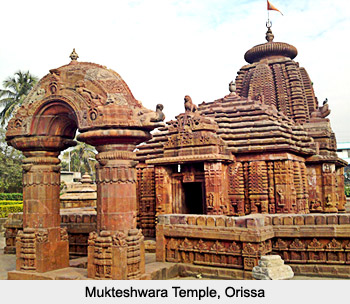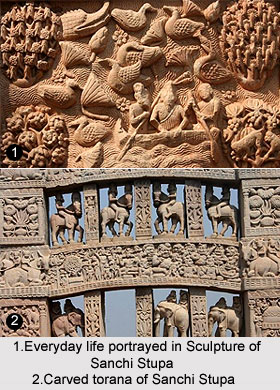 This ancient stupa complex dating back to the 3rd century is situated on a small hillock of Sanchi amidst the Vindhya mountain range, about 46 km from the city of Bhopal in the state of Madhya Pradesh. The monastery at Sanchi was originally constructed by Bimbisara, the king of Magadha. It owes its present form to renovations by Ashoka and the later Shunga kings, who used their support and patronage to establish Stupa worship as an institution in Buddhism. Built during the Mauryan period, the stupa was made up of bricks which flourished until the 11th century and was enlarged after the reign of Ashoka. The sculptures of Sanchi stupa represent the artistic remains of the Mauryan period. One of the interesting features of the sculptures at Sanchi is the lack of images of Lord Buddha in human form.
This ancient stupa complex dating back to the 3rd century is situated on a small hillock of Sanchi amidst the Vindhya mountain range, about 46 km from the city of Bhopal in the state of Madhya Pradesh. The monastery at Sanchi was originally constructed by Bimbisara, the king of Magadha. It owes its present form to renovations by Ashoka and the later Shunga kings, who used their support and patronage to establish Stupa worship as an institution in Buddhism. Built during the Mauryan period, the stupa was made up of bricks which flourished until the 11th century and was enlarged after the reign of Ashoka. The sculptures of Sanchi stupa represent the artistic remains of the Mauryan period. One of the interesting features of the sculptures at Sanchi is the lack of images of Lord Buddha in human form.
Sanchi is the site of 3 stupas, namely: Stupa No.1, also commonly known as the Great Stupa is an Ashokan foundation enlarged in succeeding centuries; Stupa No.2 showcases the first Buddhist reliefs; and Stupa No.3 with its single ceremonial gateway was built later under the Satavahanas around 50 BCE.
The Great Stupa at Sanchi is a typical example of excellent illustration of the development of Buddhist art and sculpture starting from the 3rd century BC through the 12th century AD. During the later rule of the Shungas, several edifices were raised at Sanchi and its surrounding hills. The Asokan stupa was enlarged and faced with stones and decorated with balustrades, staircase and a harmika on the top. It was during the Shunga era that the dome was expanded and flattened at the top. The dome was built on a high circular drum used for circumambulation. The 4 torans or the ceremonial gateways of this Stupa added in the 1st century are the crowning achievements of Sanchi. Each gateway is made up of two square posts topped by capitals of sculptured animals or dwarfs, surmounted by three architraves, which end in spirals not unlike the rolled ends of scrolls. On the topmost crossbar were placed originally the trident-like symbol of the Triratna and the Wheel of the Law.
Stupa No.2 was established later than the Great Stupa, but it probably displays the earliest architectural ornaments. It follows the ground balustrade and stone casing of the Great Stupa. This stupa has extensive decorations and is covered with exquisite narrative relief sculptures. The stories are related to the life of Buddha and the main purpose behind it was to familiarize the on lookers with this great man and facilitate an easier understanding of his teachings. Tales from the Jataka also find expression in rich sculpture. Interestingly in none of the carvings is Buddha represented as a human being. The artists have carved the horse on which he left his home or the Bodhi tree under which he sat and became the enlightened one or his footprints. The lotus symbolized his birth and the wheel his first sermon. The reliefs at Stupa No.2 bear mason marks in Kharoshthi, as opposed to the local Brahmi script, which implies that foreign workers from the north-west were responsible for the motifs and figures that can be found on the railings of the stupa.
The reliefs on the railings of Stupa No.3 are said to be slightly later than those of Stupa No.2. This stupa houses the relics of Sariputra and Mahamoggallana, who were the disciples of Buddha.
Between the pillar and the lowest crossbar of the gateways female yakshas can be seen. The sculpture of Sanchi Stupa is in sync with that of the features of Mauryan sculpture. More attention is given to the open space around the figure. Sanchi sculpture is an example of early Indian sculpture that embellished the 1st-century.




